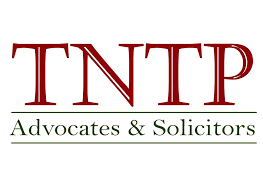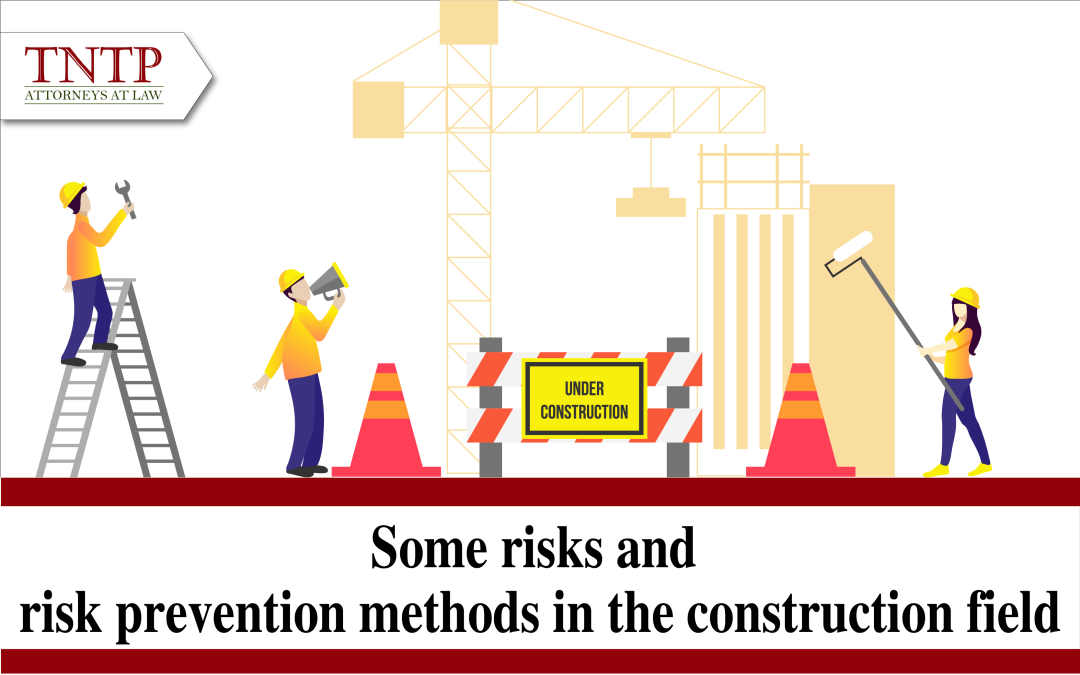Construction is an industry with numerous risks that can impact project timelines, quality, and occupational safety. Identifying and preventing risks in construction is crucial to minimize damages and enhance work efficiency. Risks in construction can stem from various factors, including design errors, poor management, labor shortages, or substandard equipment. To ensure safety and the success of a project, managers must identify risks to apply preventive measures and implement appropriate responses.
1. Occupational Accident Risks
According to a report by the Ministry of Labor – Invalids, and Social Affairs, construction is the sector with the highest occurrence of occupational accidents across all industries. These accidents can result from various causes, such as workers’ negligence or unsafe working conditions. Additionally, inadequate supervision during construction can also lead to accidents.
To minimize occupational accidents, workers must comply with occupational safety regulations outlined in Article 17 of the Occupational Safety and Hygiene Law 2015, such as following workplace safety rules, mastering safety measures in construction, and using protective equipment during work. On the contractor’s side, according to Decree No. 06/2021/ND-CP detailing contents on quality management, construction and maintenance of construction, contractors must plan and implement comprehensive safety plans, establish safety management teams, test the equipment, and inspect occupational safety management to limit incidents.
2. Risks from Design and Technical Aspect
Any construction project must have design documents to ensure the structure complies with quality requirements as prescribed by law. Design changes, non-compliance design, or calculation errors can lead to severe issues, such as reduced quality, safety hazards, or increased costs.
To prevent risks from design and technical, one essential method is detailed project planning to anticipate unexpected situations like design changes, natural disasters, or budget adjustments. Engineers and supervisors must thoroughly review designs to ensure compliance with the requirements stated in Article 79 of the 2014 Construction Law as well as continuously supervise construction processes to ensure designs meet safety and technical standards. If any errors are detected, supervisors must take immediate corrective actions.
3. Risks Related to Material Quality
Using substandard materials can severely effect the durability and safety of a structure. This may lead to a project failing quality inspections, necessitating repairs, or even demolition, resulting in financial losses for contractors and investors.
Ensuring material quality is vital to preventing risks related to construction quality. According to Article 5 of Circular 10/2024-TT-BXD on the management of construction materials’ quality, all construction materials must meet quality, standards, regulations, and technical guidelines. Contractors must use materials with clear origins that comply with quality standards. Testing and inspecting materials before use can confirm their suitability and prevent issues arising from incompatible materials.
4. Risk of Debt Accumulation
During the construction process, unforeseen costs can arise, leading to budget deficits and causing financial difficulties for contractors and investors, sometimes resulting in bad debt. Common causes include fluctuations in material, equipment, and labor costs; the tendency of contractors and investors to start construction before securing funding; investment decisions that do not align with actual needs; and a lack of proper financial planning.
To minimize debt accumulation and avoid payment disputes, contractors must prepare a detailed and comprehensive budget, including contingency plans for unforeseen costs such as design fees, legal procedures, labor, and materials. Additionally, investors should develop clear and specific investment plans and select projects that align with their financial capacity to prevent bad debt.
Identifying, analyzing, and implementing effective and preventive measures are essential steps in minimizing damages and ensuring the success of construction projects. Methods such as detailed planning, comprehensive budgeting ensuring occupational safety, using quality materials, and closely supervising the construction process can reduce risks and improve project quality. Furthermore, training and enhancing workforce skills also play a significant role in preventing unforeseen incidents.
This article by TNTP addresses the topic of “Risks and Risk Prevention Methods in the Construction Field.” We hope it proves helpful to our readers.
Best regards,







